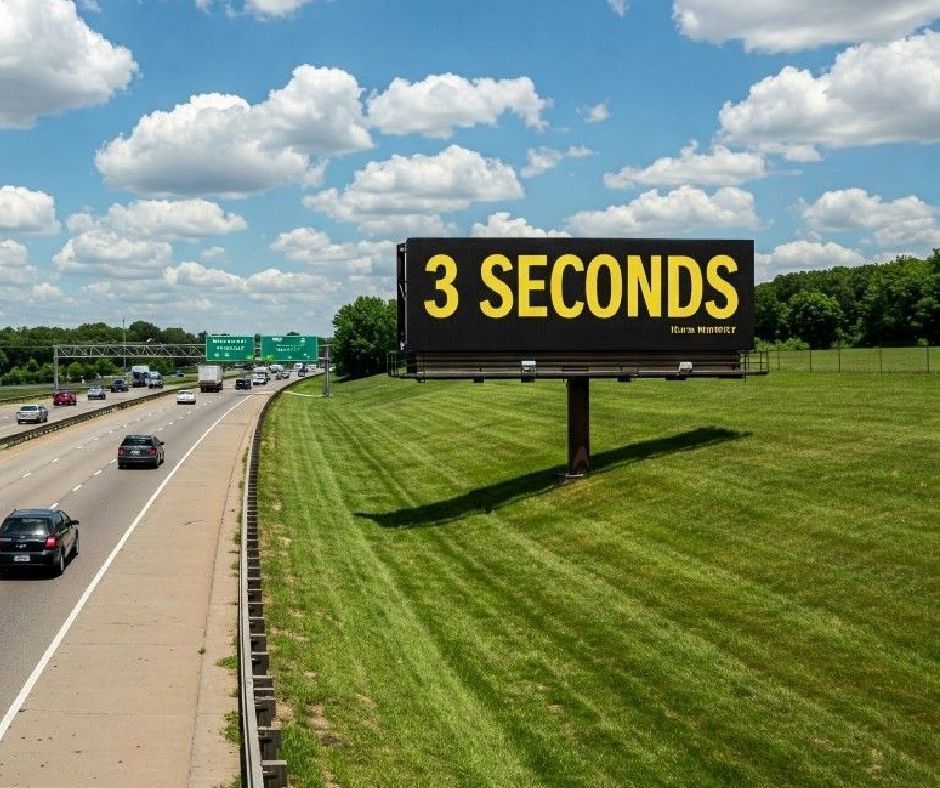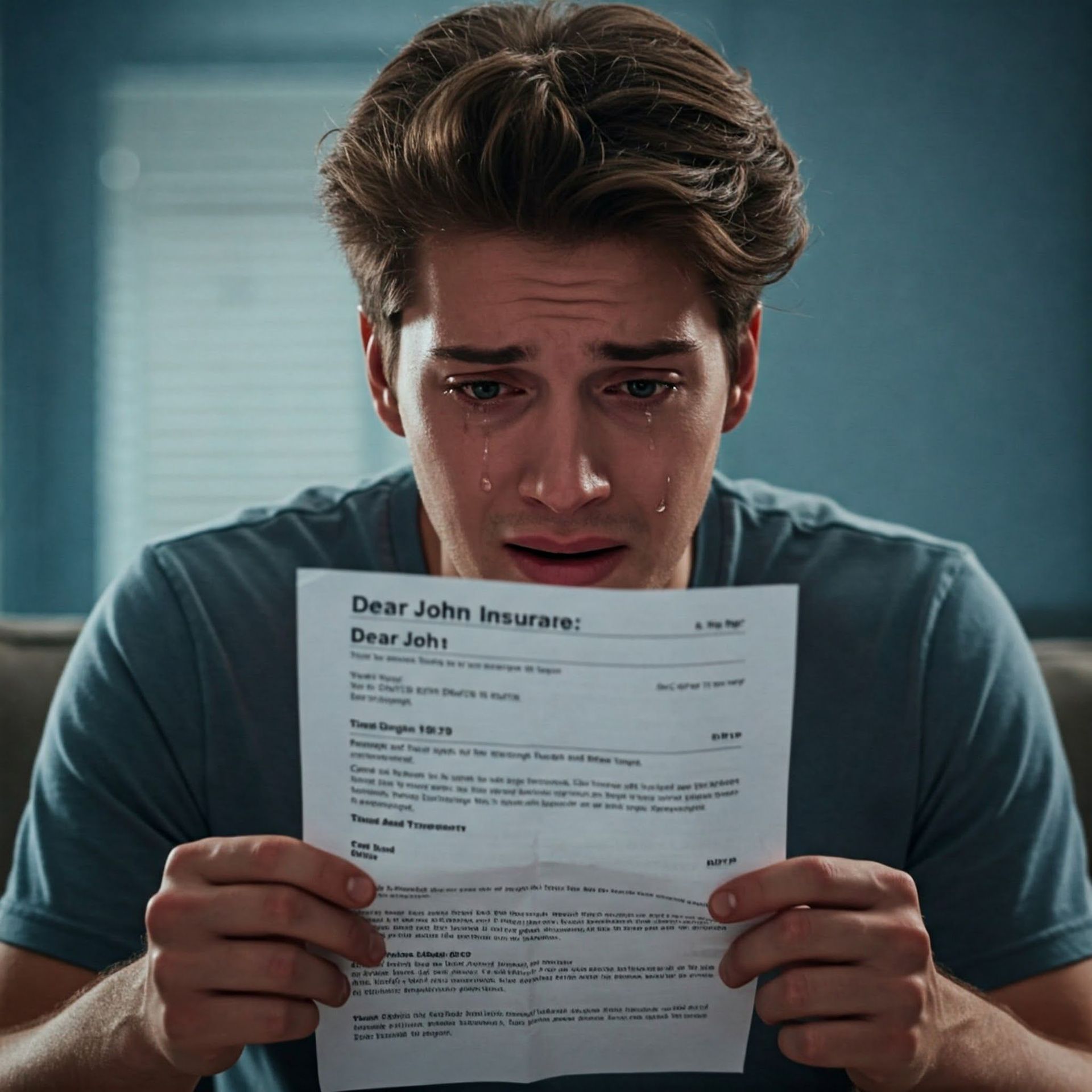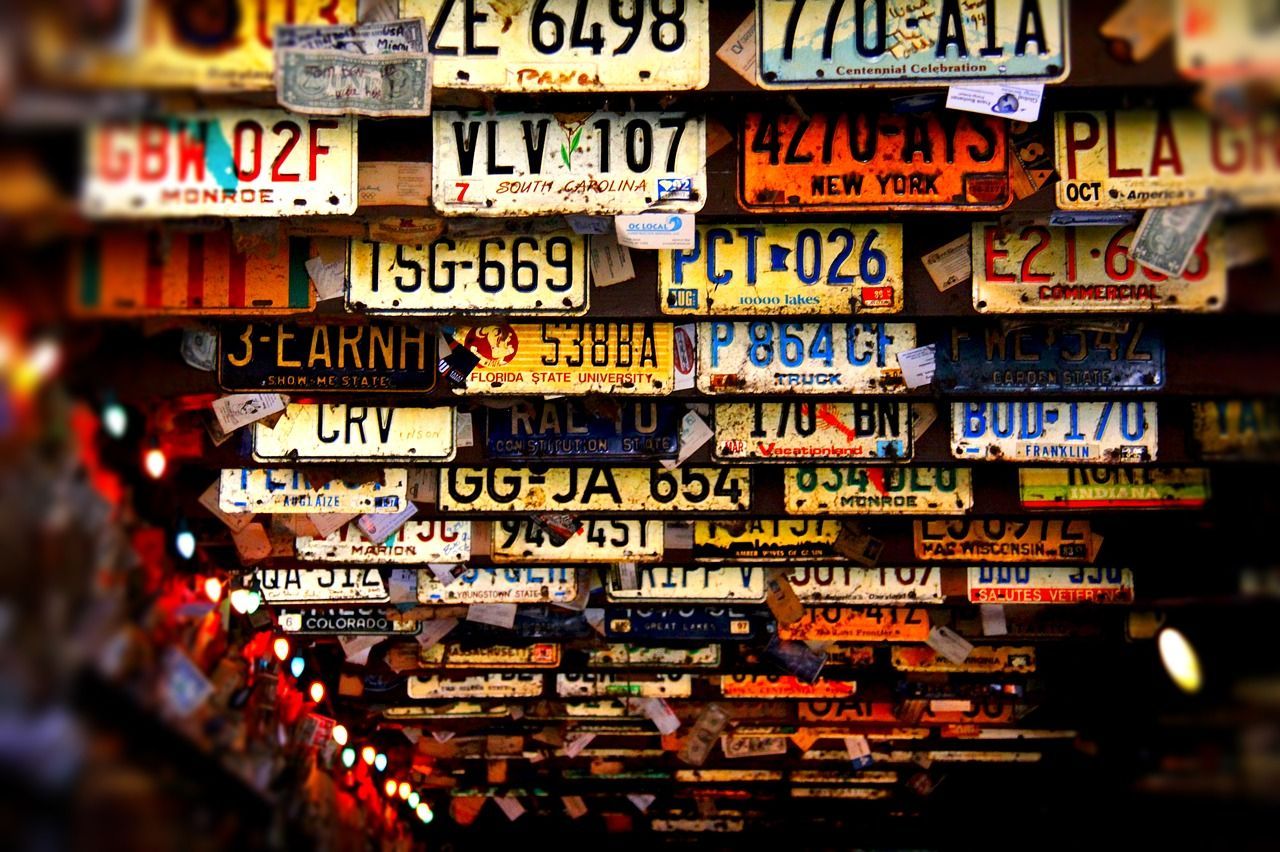By Doug Stockman
•
April 9, 2025
TL;DR: The 3-Second Rule: Why It's Not Just a Suggestion (And Why You're Not Vin Diesel). Three seconds is NOT an eternity: It's the buffer you need to avoid turning your car into a metal pancake. "Pro" drivers are delusional: Physics doesn't care about your ego; it cares about stopping distances. It's simple: Pick a point, count "one Mississippi, two Mississippi, three Mississippi." If you pass it too soon, back off. Those seconds give you time to process, react, and let your car do its thing. Chill out, count, and avoid awkward insurance conversations. Driving isn't a race, it's a shared journey to avoid metal-on-metal crime. Three Seconds: The Eternity Between "Oops" and "OH NO." Alright, buckle up buttercups, because we're diving headfirst into the thrilling world of the three-second following distance. Yes, that glorious, often-ignored rule that separates us from a symphony of crumpled metal and insurance adjusters. Let's be honest, three seconds on the road feels like an eternity. Especially when you're stuck behind someone who seems to be navigating too delicately. You're thinking, "Come on, buddy, I could knit a sweater in three seconds!" But, alas, the highway safety supreme being (and your insurance premium) demand we adhere to this seemingly endless time gap. Both following too closely and texting while driving has added to the number of accidents in South Carolina in recent years. Ten Safety Tips for Driving in the Rain The "But I'm a Pro!" Delusion We've all been there. You're a driving ninja. You can parallel park in a space the size of a postage stamp. You know the exact moment to hit the gas to catch that elusive green light. You're basically Vin Diesel, but with a slightly less impressive car and a significantly less impressive physique. So, three seconds? Pfft. Amateur hour. And really, does arriving at your destination 3 seconds later matter? Avoiding the nightmare of claims is definitely worth it. Don't become a South Carolina accident statistic. "I can react in a nanosecond!" you declare, as you tailgate a semi-truck during a monsoon. "Three seconds is for people who can't tell the difference between a brake light and a Christmas tree." Spoiler alert: You're wrong. And you're about to learn a valuable lesson in the physics of large, metal objects, sudden stops and metal accordions. The Reality Check: Physics Doesn't Care About Your Driving Ego. Here's the thing: even if your reflexes are lightning-fast, your car isn't. It needs time to respond. And those three seconds? They're not just some arbitrary number a bored traffic engineer pulled out of thin air. They're a buffer. A safety net. A "Hey, maybe don't turn your car into a metal accordion" zone. The 3 second rule works for every speed whether you are traveling at 15 mph or 60 mph. Imagine this: the car in front slams on their brakes. Why? Who knows? Maybe a squirrel decided to audition for "American Ninja Warrior" by crossing the highway. Maybe they saw a particularly enticing roadside taco stand. Whatever the reason, they've stopped. Now, you have three seconds (or less, if you're a "pro") to react. Those three seconds give you: Time to process: "Wait, are those brake lights? Are they serious?" Time to react: "Okay, foot, move to the brake pedal! Now!" How much time does that take? I tried to calculate the time and it is slow. Time for your car to react: "Engaging anti-lock brakes! Please hold while I calculate the optimal stopping distance." Without those precious seconds, you're just a passenger in a metal projectile, headed for a very expensive collision. The Actual Technique (Because, You Know, Safety) For those of you who haven't memorized the driver's manual (and let's be honest, who has? I definitely have not.), here's the lowdown on the three-second rule: Pick a stationary object: A sign, a pole, a particularly grumpy-looking squirrel. When the car in front passes it, start counting: "One Mississippi, two Mississippi, three Mississippi." I slow this count also. If you pass the object before you finish counting, you're too close. Back off, buddy. Back. Off. The Moral of the Story: Chill Out and Count. Follow Us on Facebook Driving isn't a race. It's a delicate dance of metal, momentum, and the shared desire to get to our destinations without becoming a viral road rage video. So, take a deep breath, relax, and give yourself (and everyone else) a little space. Have you ever seen a stop light change to green and the car in front of you races to the next light. You can see clearly that the next light ahead just changed to red. Why are we racing to get to it? Also, if you are following too closely, and can't see what's in front of the car in front of you, be prepared for an accident. If the car in front stops suddenly or moves to another lane to avoid the stopped car in front of it, you won't have enough time to react and hit the stopped car. Several years ago, this happened to me. The 3 second rule works. Those three seconds might feel like an eternity, but they're the difference between a smooth ride and a very awkward conversation with your insurance agent. And trust me, nobody wants that. And besides that, it is less wear and tear on your car. Following to close, means using your brakes more often. I don't know if you have paid for a brake repair job lately, but it is not cheap. Can Car Insurance Drop You? What Does Car Insurance NOT Cover ? Top Ten Car Insurance Terms You Need to Know




